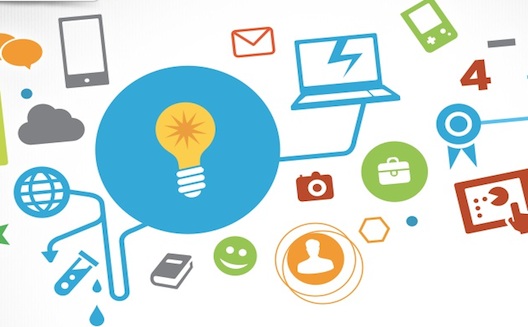6 ways to gamify your customer acquisition model


If you have never heard the word ‘gamification’, the reason is not because it is not a proven concept, but because companies might not take it seriously. If they do engage in gamification, they use more familiar words like ‘loyalty programs’ or ‘engagement plans’ for employees or customers.
So argued Hayek Hagopian, consulting partner at Singaporean startup Gametize, in his remarks during a workshop on gamification techniques at the icecairo coworking space a few weeks ago.
We wrote about gamification some time ago on Wamda, noting that the origin of the word comes from video games. Practically, it occupies an intersection between loyalty programs and inducing a behavioral change. The game is designed to ensure higher levels of user loyalty and a deeper attachment to the product, making it difficult for users to leave it and switch to another.
Incorporating gamification into a strategy doesn’t necessarily mean that there would be games involved. Gamification can target staff, as in Employee of the Month schemes, to motivate employees and create a community that works together, as well as customers
 Global and regional
gamification
Global and regional
gamification
Foursquare is considered the most famous in this sense, as it plays on one’s ego through various badges and the Mayor title granted to the person who visits a particular place the most. Eventually, Foursquare became limited to checking out new venues and writing reviews, while Swarm, a sister app, was developed to serve people who want to checking into locations.
Through Samsung Nation, Samsung customers can redeem their points to use in exchange for products. But when Microsoft tried to copy Samsung’s success, it didn’t work. Customers visit Samsung’s forums to discuss gadgets including phones and TV displays, rather than software.
In the Middle East, The Gamifiers, launched in Dubai last year to work in GCC and Egypt, is a leading digital agency focused on gamification, and is considered the strongest in the region. It is followed by Gamified Labs, founded by Ahmed El Rayes, one of the rare entrepreneurs having worked on introducing the “power of games” concept to the Middle East.
There is also SMARTABLE, a startup that graduated a few months ago from Flat6Labs in Jeddah, designed to improve education in KSA (and the region) through gamification. It applies typical elements of competition to encourage participation in secondary and tertiary schools.
 Play and
support
Play and
support
In Egypt, two game-based crowdfunding platforms have launched this year: Tennra, to fund products and services, and Bassita, to fund social and environmental causes, such as provisions for the Children Club of Cairo’s, Zabbaleen Garbage Collectors Community, and medical glasses for artisans.
Crowdfunding platforms usually rely on awards or bonuses that donors receive from the project owners after they financially support them. But with these platforms, people interested in a particular project play a game; the more time they spend playing, the more money a sponsor company will allocate to the project. The game itself features ads for the sponsor companies.
Tennra platform has already started a pilot campaign to support the Robot Khana project to manufacture robots from household garbage. The project has received support from 86 people, 25% of whom played Sudoku and other games in support; the rest shared the campaign on their social media pages or donated money directly.
“We were surprised to see that about half the players decided to donate directly. It might be psychological; when users play and are happy, they decide to pay by themselves and to be more involved,” says Mohamed Ezz El Din, cofounder and CEO of Tennra. He expects the games to later develop into a points collection model where players get points for playing which they redeem against discounts and offers from various companies, such as coworking spaces, telecom companies, and others.
With Bassita, says cofounder Alban de Ménonville, funding is provided through the project as determined by the public, who can choose to share the short video which explains the cause, comment on it, and spread the news among friends.

The Start
Once you decide to include games as part of your project, consider the following roadmap:
- Step 0: Define your company’s needs and objectives
- Step 1: Set milestones to measure your achievement of the objectives
- Step 2: Define the actions and behaviors desired
- Step 3: Design a fun activity that achieves the desired action
- Step 4: Use appropriate tools (social networking, mobile apps, gaming platforms)
- Step 5: Measure, iterate, and change
And for the gamification push to succeed, keep the following in mind:
- Game elements: challenges, levels, competition, and cooperation.
- Types of players: social, opportunist, consumer, achiever.
- Motivation: use of social networks, sense of accomplishment.
- Awards: points, badges, gifts, and cash.


